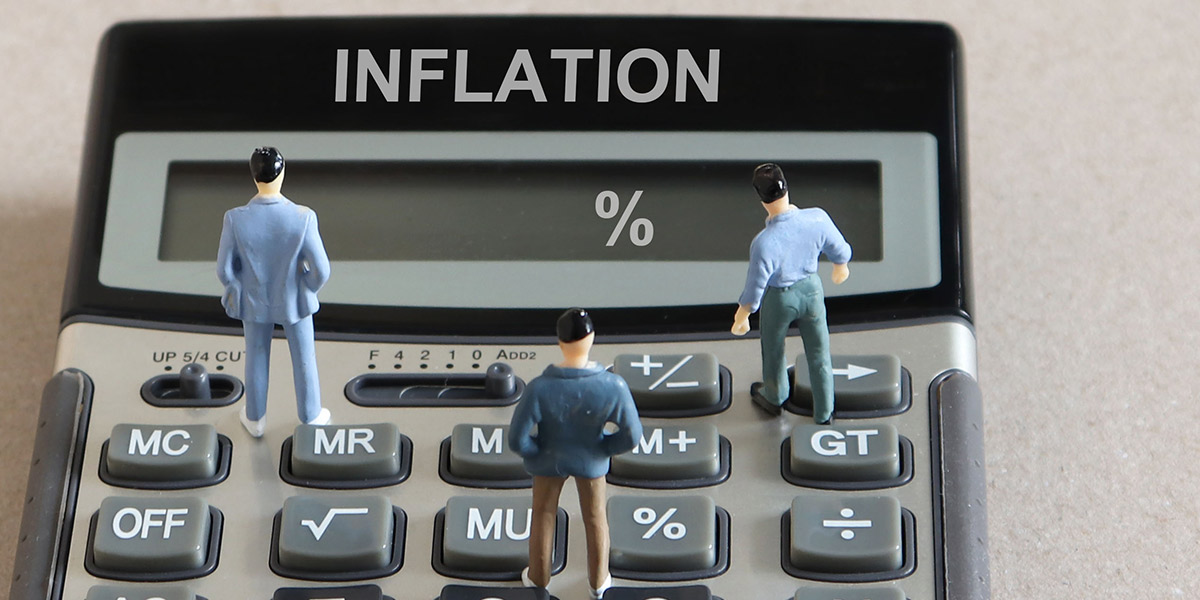Fears of inflation have spooked markets, but should you be worried? Rathbones have created a personal inflation calculator to help you see how your personal experience compares with the headlines.
Global bond and equity markets have been jumping at shadows of inflation lately. Whether investors are right to be worried is fiercely debated. Here on this blog we’ve recently been highlighting our own long-term views from our recent inflation report Under pressure?, but it’s also a topic that has immediacy and relevance for anyone with financial goals.
To help bring this to life, Rathbones has created a personal inflation calculator, which can give an indication of how your clients’ own experience compares with the headline figures.
UK inflation has plateaued at roughly 3% since August, with the next set of figures due to be released on 20 March. But here’s where it starts to get more personal – real wage growth has turned negative again, which is unfortunately a return to a long-run trend. One of the most depressing charts you could look at is real average weekly earnings growth. It was solidly negative, excepting a few one-month spikes, from mid-2008 to late 2014. After two years of 2%-ish growth, it slumped back into negative territory in 2017. UK consumers have had a tough time of it and they’ve gobbled up masses of credit during that time. The BoE will be reluctant to raise rates to curb inflation if in doing so it risks a solid portion of households being unable to repay what they owe.
Our barometer of domestic inflationary pressure has actually fallen over the last year, and much of the rise in UK inflation has been driven by a weak pound. So Governor Carney and his colleagues may be hoping that recent sterling strength will drag down inflation in a way that makes consumers feel richer, not poorer – as many of them most definitely are.
Inflation is usually defined as the average rise in prices paid by the ‘average’ consumer. The UK CPI rate of inflation is calculated by how much money was spent on thousands of different goods and services in the previous year. But how applicable is the headline rate of inflation experienced by the average consumer is to our personal experience?
Rathbones’ calculator works out personal rates of inflation based on specific spending habits and statistics gathered by the Office for National Statistics, providing a more bespoke measure of how wealth is effected by inflation. Clients are asked to enter their personal spending in several categories on a monthly and annual basis, covering discretionary and non-discretionary expenditure.
Our general conclusion, highlighted in our inflation report, is that investors needn’t worry about the future of inflation. Over the next 20 years, inflation expectations are likely to remain well anchored, with any inflationary or deflationary impact from ageing, technology or other phenomena, easily offset with monetary policy.


